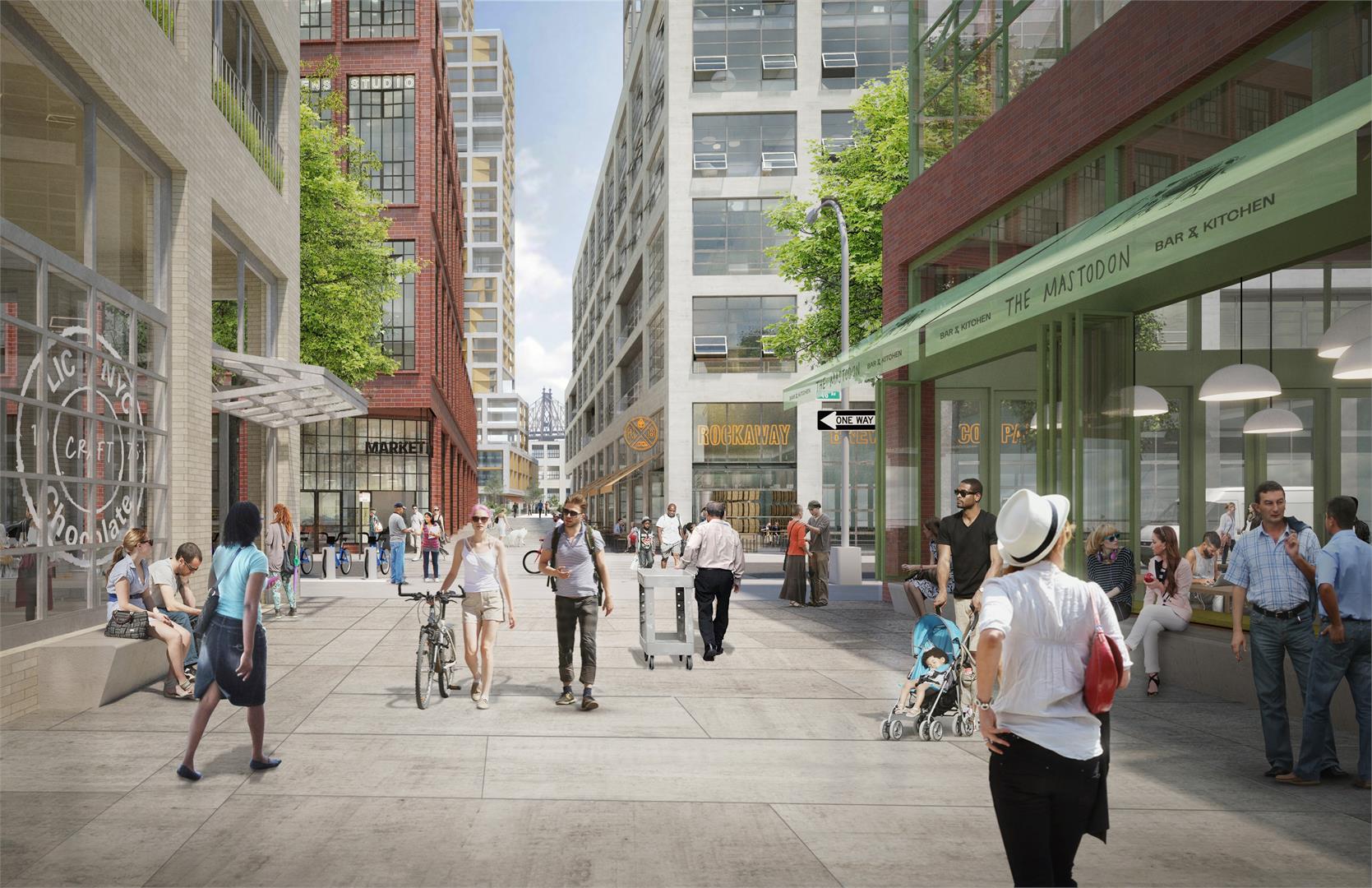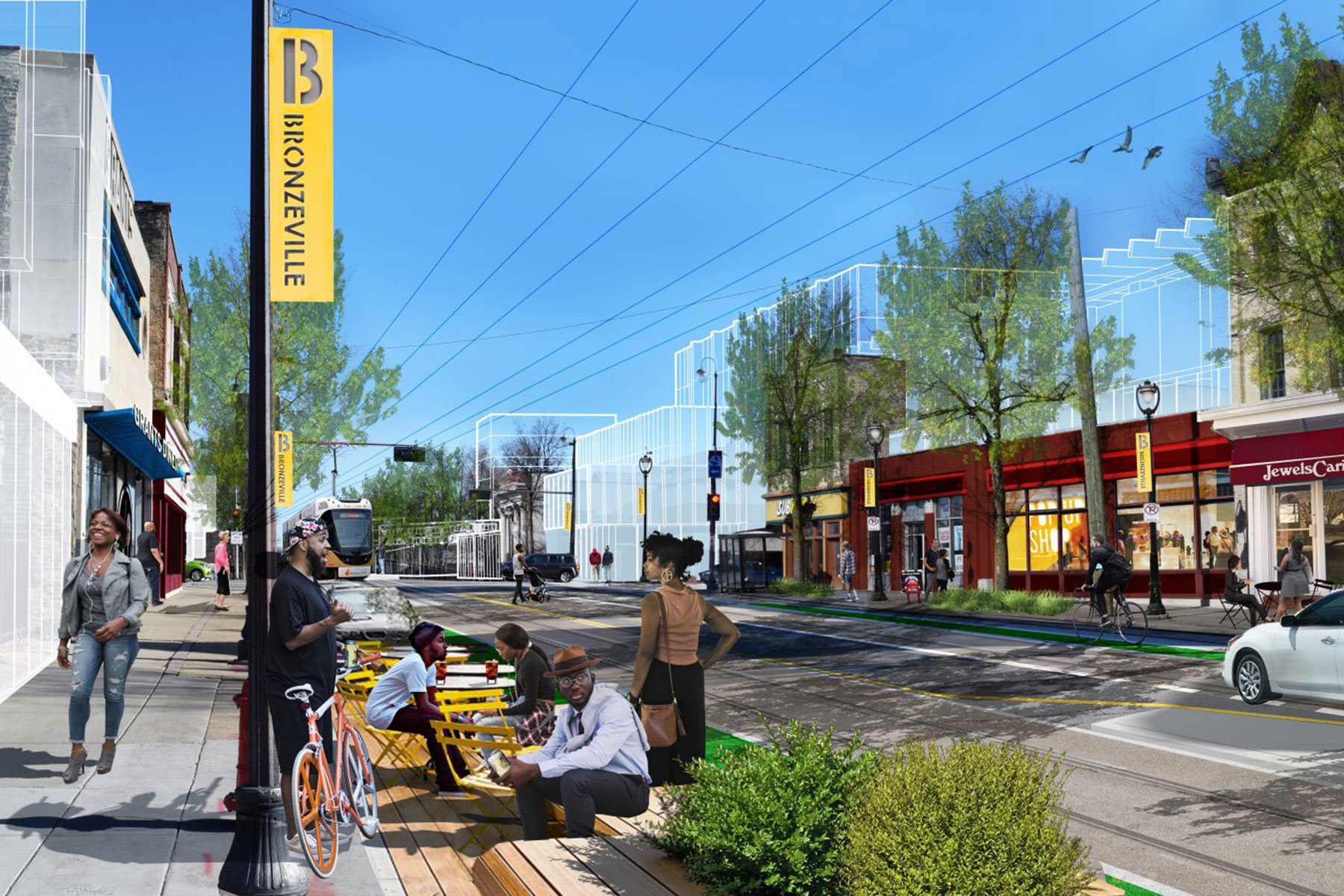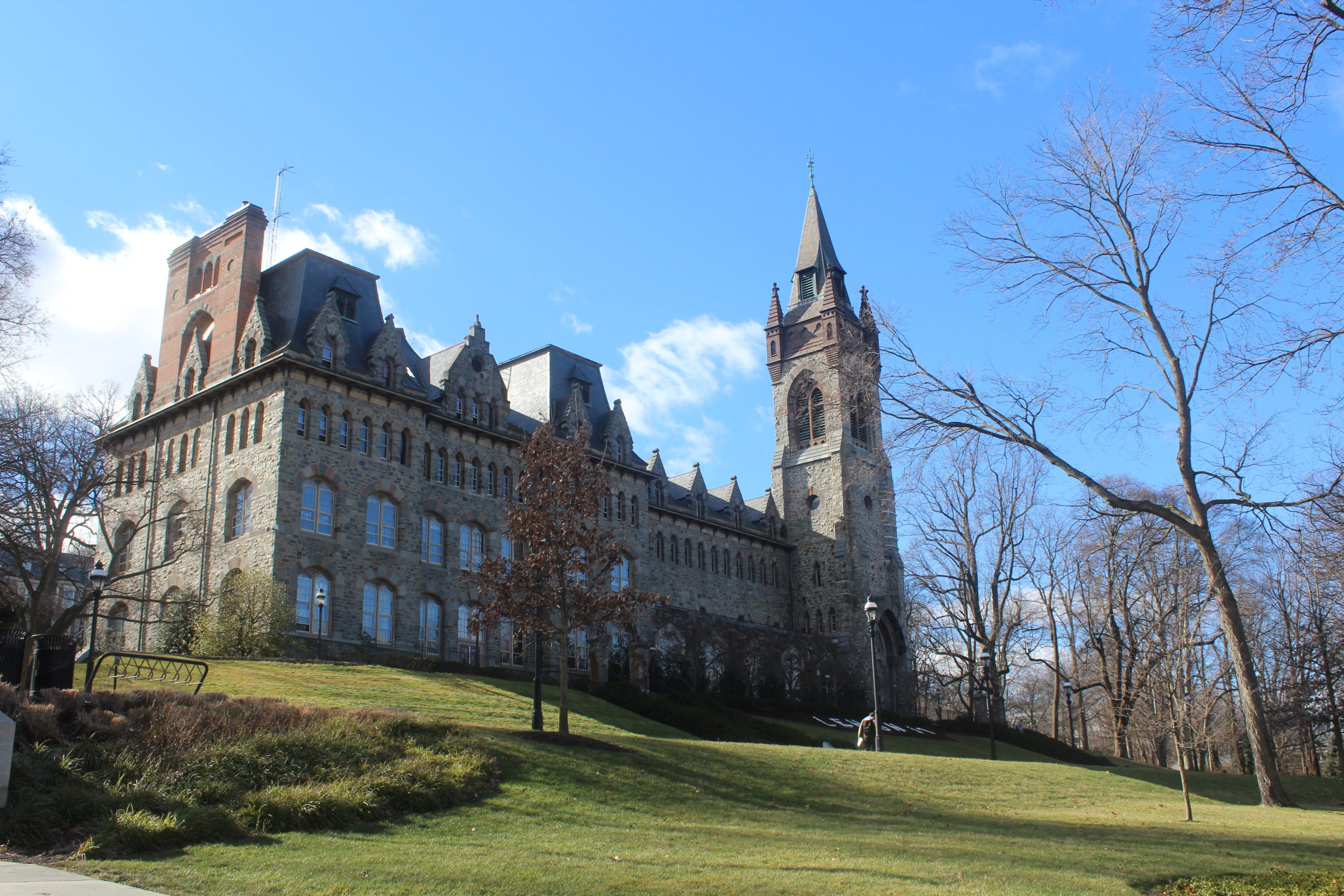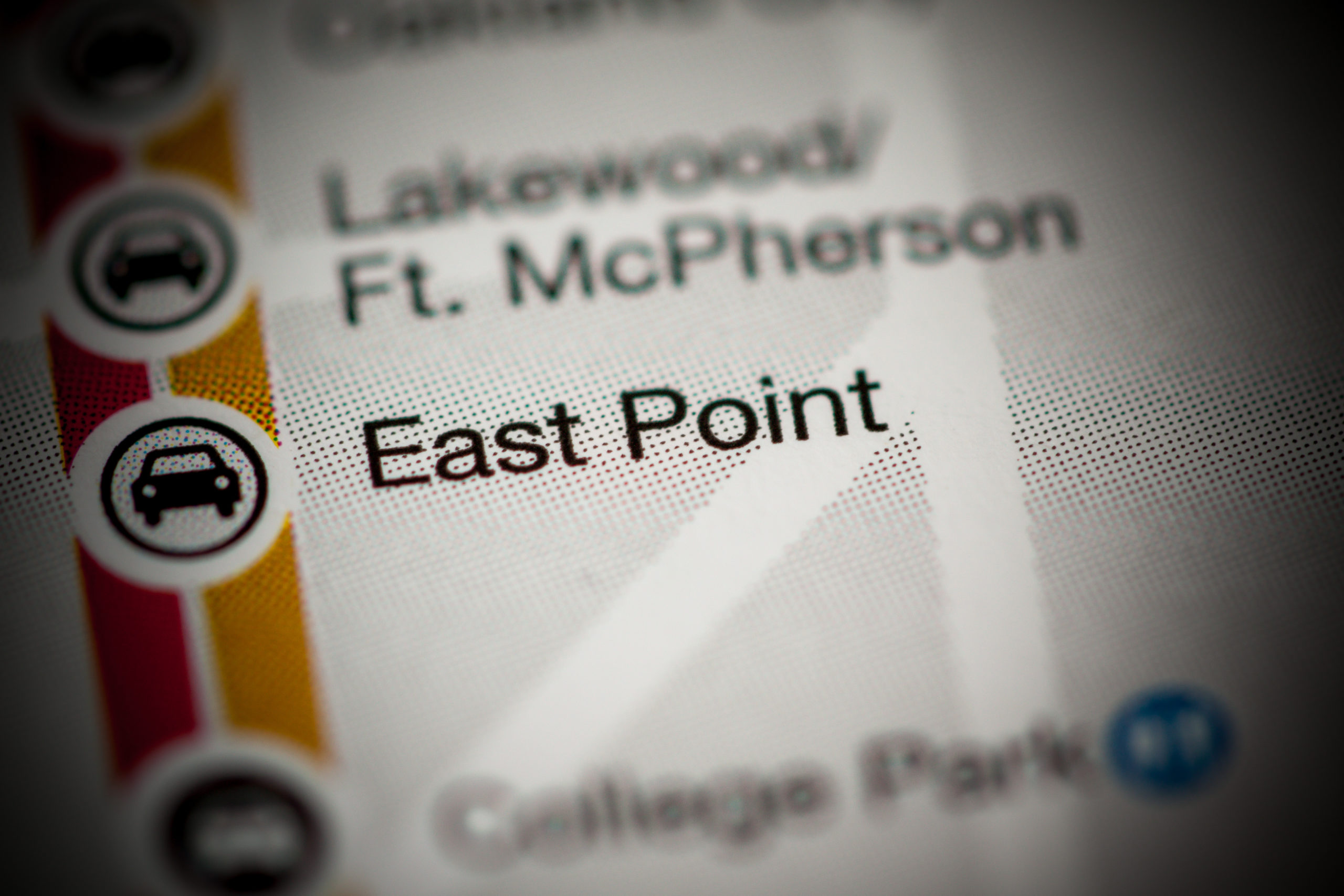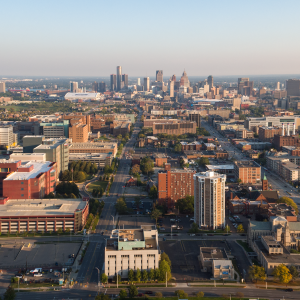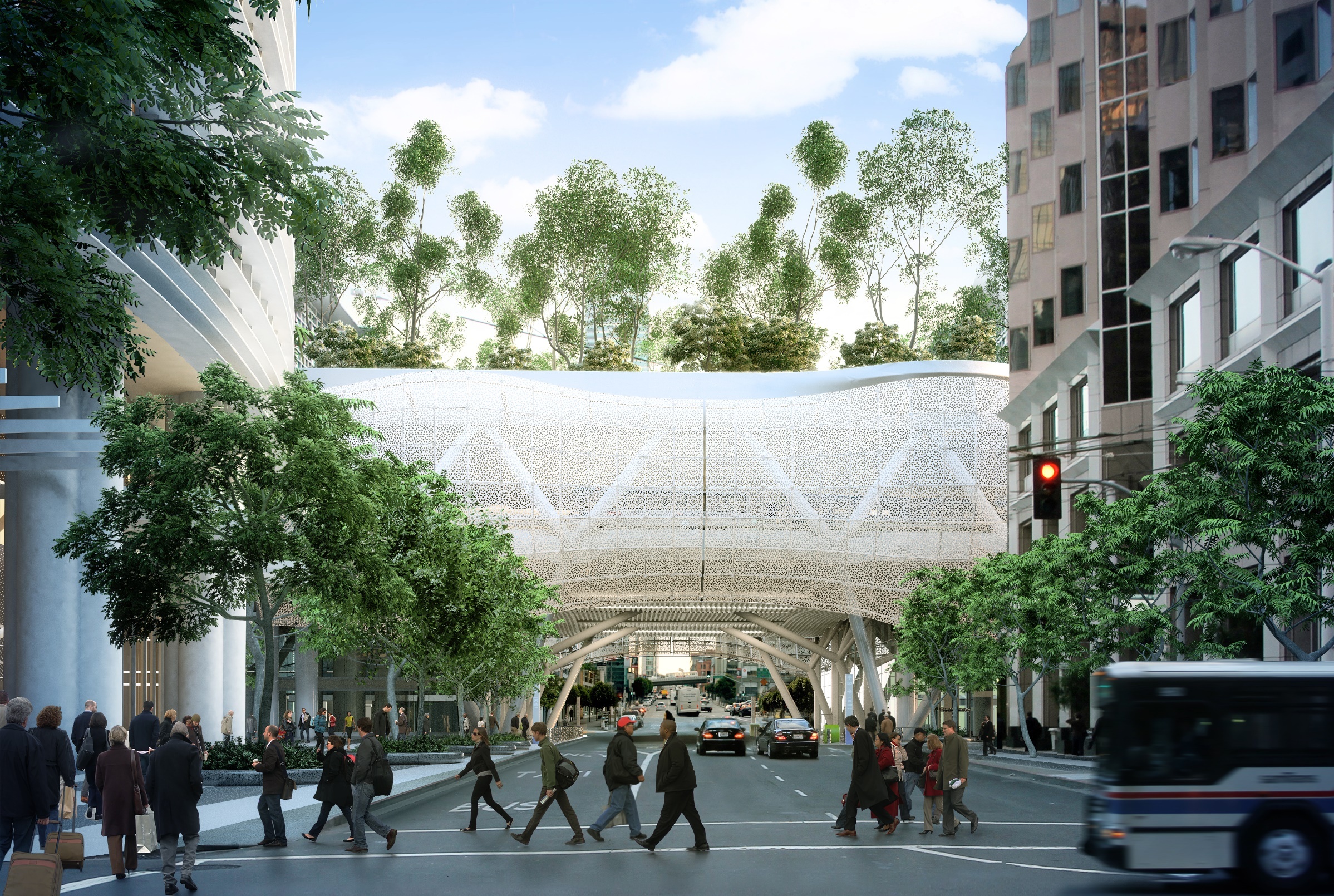CHALLENGE
Plaxall is a family-owned plastics manufacturing company operating in Long Island City, Queens for more than 70 years. Over seven decades, the family invested in local cultural and community institutions and acquired a significant portfolio of properties. Their holdings include a 12-acre assemblage surrounding Anable Basin and along the East River, which features spectacular views of Midtown Manhattan. However, the site’s obsolete built form and low-density industrial zoning prevents Plaxall from realizing the true value of its unique waterfront property in one the nation’s strongest markets for new development.
SOLUTION
Alongside a team of architects and land use attorneys, HR&A worked with Plaxall to design a development vision for the future of Anable Basin to create long-term value for Plaxall’s shareholders while addressing community needs and City policy goals.
Drawing on our deep understanding of New York City’s policy priorities, HR&A recognized that Plaxall’s experience with light industrial and artist tenants would be a key asset in discussions with the City. The team devised a unique plan that integrated industrial and artist space into new residential buildings, addressing local interest in job creation and fears of industrial displacement. The plan comprised almost 5 million square feet of new development, including 5,000 mixed-income residential units, and more than three acres of waterfront open space. The design of building forms reflects the neighborhood’s industrial heritage.
HR&A oversaw all planning activities associated with the site, including managing a 9-firm consultant team, evaluating the financial performance of this pioneering mixed-use development, leading engagement with City leadership on a rezoning, overseeing a successful application process to New York State’s Brownfield Cleanup Program, and working with Plaxall to create a long-term redevelopment strategy.
IMPACT
In fall 2018, Amazon selected the Anable Basin site as one of two main sites for the company’s East Coast headquarters, though it ultimately withdrew its selection. Since then, Plaxall has partnered with neighboring developers in the YourLIC consortium, which has engaged with City Council leadership and community stakeholders in a visioning process for redeveloping 28 acres of the Long Island City waterfront.
